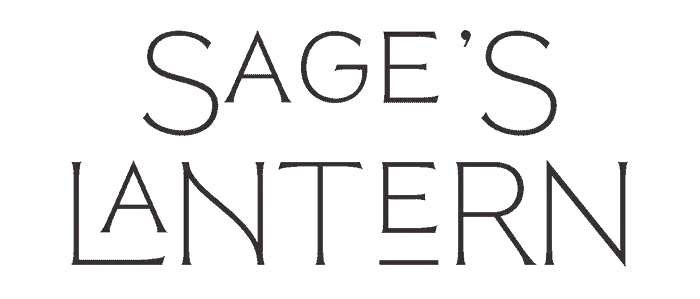This glossary will help you become familiar with commonly used terms on the site and in the tarot community. This is a list in progress.
A
Arcana – In tarot, the term “arcana” refers to the two categories of cards that make up the tarot deck: the major arcana and the minor arcana. The word “arcana” is derived from the Latin word “arcanum,” which means “mystery” or “secret.” Overall, the arcana in tarot represents the mysteries and secrets of the universe that can be accessed through the symbolism and interpretation of the cards. They offer insight and guidance into our lives and can help us better understand ourselves and the world around us.
B
C
Confirmation bias – Confirmation bias in tarot refers to the tendency for people to selectively interpret or remember information from a tarot reading in a way that confirms their existing beliefs or expectations. This can happen when a person already has a specific question or outcome in mind, and they only pay attention to the tarot cards that align with that expectation while disregarding or interpreting any cards that do not fit their preconception differently.
D
Divination – A method of foretelling the future or gaining insight into personal matters through a deck of tarot cards. Tarot divination often involves developing a deep connection with the cards and their symbols and honing one’s intuition and psychic abilities.
E
F
G
H
I
Identificator card – A tarot card representing the person for whom the reading is being performed. The identificator card represents the core energy of the person reading the cards. The choice of identificator card can vary depending on the reader. The identificatior card is often chosen from the Major Arcana and is chosen by the reader. The card resonates deeply with the reader and has extra importance and meaning to him or her. The identificator card is often the same throughout a lifetime.
J
Jumping cards – A card that seems to catch the attention of the person shuffling or laying out the cards, even though it may not have been specifically selected or intended to appear. Jumping cards are often seen as having a special significance or relevance to the current situation or the person for whom the reading is being done. While this phenomenon is not scientifically proven, many tarot practitioners believe that jumping cards can provide valuable insight and guidance.
K
L
Law of Attraction: A concept in personal development that suggests that a person can attract positive experiences and outcomes into their life by focusing on positive thoughts and feelings. According to this law, the thoughts and emotions that a person projects into the world determine the experiences and circumstances that they attract.
By focusing on positive thoughts and feelings, a person can manifest positive experiences, relationships, and circumstances. This concept is often used with visualization and affirmations to help people align their thoughts and emotions with their desired outcomes.
M
Major Arcana – The major arcana consists of 22 cards, each with its own name and symbolic imagery. These cards are often seen as the most significant and powerful in the deck, representing major life events and themes. They are also known as “trumps” or “the Greater Arcana.” Some examples of major arcana cards include The Fool, The Tower, and The Sun.
Minor Arcana – The minor arcana comprises 56 cards divided into four suits: wands, cups, swords, and pentacles. Each suit contains ten numbered cards and four court cards (page, knight, queen, and king). The minor arcana cards focus on the day-to-day aspects of life and are sometimes referred to as “the Lesser Arcana.”
N
O
P
Q
R
S
Self-hypnosis: A technique in which a person induces a trance-like state by using relaxation techniques and focusing their mind on specific thoughts or suggestions. The goal is to access the subconscious mind, temporarily suspending critical thinking and conscious awareness, to do psychic work. Its effectiveness is still a subject of scientific debate and requires further research.
Shadow work – Shadow work in tarot is a spiritual practice that involves using tarot cards to explore and understand the unconscious or repressed aspects of one’s personality. This often includes negative emotions, thoughts, and behaviors that are suppressed or ignored and can be associated with past traumas or negative experiences. The goal of shadow work in tarot is to gain self-awareness, self-acceptance, and healing, by embracing and integrating these aspects of the self into a more holistic and authentic sense of self.
Signifier card – A card representing the person or situation for which the reading is being done. The significator card is typically chosen based on characteristics such as the person’s gender, age, or astrological sign. It is used as a focal point for the reading and is usually placed in a prominent position within the spread or layout. The significator card can provide insight into the person or situation, and can also be used to help interpret the meaning of the other cards in the reading. It’s important to note that some tarot readers don’t use significator cards; instead, they use intuition to interpret them.
T
Tarot spread – A tarot spread is a layout of cards from a tarot deck used to gain insight and guidance on a specific question or situation. The cards are placed in a specific pattern or arrangement, and the positions in the spread correspond to different aspects of the question or situation being considered.
